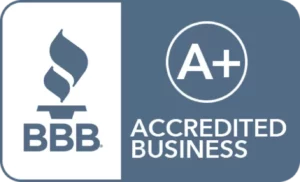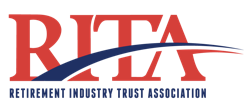- The solo 401(k) is a robust retirement plan and the most popular among the self-employed.
- There are only two eligibility requirements to establish the Solo 401(k).
- This plan is easy and cost-effective to administer.
Who Qualifies for a Solo 401(k)?
In order to qualify for a Solo 401(k) plan, you need to meet one of two requirements. You must either show proof that you generate self-employment income, or you must be an owner of a business with no full-time employees. This excludes yourself, business partner(s) and spouse if he/she is an employee. It’s very important to meet the requirements because failure to do so can lead to the disqualification of the Solo 401(k) plan.
Requirements to Establish a Solo 401(k)
For the most part, requirements to establish a Solo 401(k) are pretty straightforward. You can find out if you qualify by determining if you fall into one of the following groups:
- you are self-employed
- you’re a business owner with no full-time employees
Self-Employed
To qualify, you must be self-employed as a sole proprietor, independent contractor, consultant, or small business owner. It’s perfectly fine if your self-employment activity is in conjunction to a full-time job. For example, you have a traditional 9-5 but do freelance photography on the side. If you generate income from your photography gig, you become eligible to setup the plan. And even if you participate in your company’s 401(k) plan, you can still contribute to a Solo 401(k). But the contributions you make to the Solo 401(k) will not be the same as if you only contributed to a Solo 401(k) plan.
Here’s how your contributions will change:
Solo 401(k) Contributions Change
You will not be able to contribute the maximum to the Solo 401(k) if you also contribute to a work-sponsored retirement plan. In 2023, the maximum contribution you can make to a Solo 401(k) is $66,000 (under age 50) and $73,500 (age 50 and older).
However, the salary deferral contribution limit when contributing to a Solo 401(k) and traditional 401(k) remains at $22,500 for 2023. You cannot exceed this amount. In other words, if you contribute $10,000 to your work-sponsored 401(k), you can only contribute $12,500 to your Solo 401(k) plan as the employee.
As an employer, you can still make the maximum contribution to the Solo 401(k) plan, which is a percentage of your self-employment income. If you’re a single member LLC or sole proprietor, you can contribute 20%. If you’re a C corp., S corp., or W-2. you can contribute 25%.
Legitimate Self-Employment
Your self-employment activity must be legitimate to establish a Solo 401(k). The types of self-employment activity deemed legitimate include the ownership or operation of a:
- Profit-generating sole proprietorship
- Limited liability company (LLC)
- C corporation or S corporation
- Limited partnership that intends to make large contributions to the plan
Generally, it does not matter how much your business generates. The IRS usually evaluates the business’ legitimacy on its intent to make money.
Important Information for Real Estate Investors
If you are a real estate investor, beware of the common misconception that setting up an LLC for your rental business will make you eligible for the Solo 401(k) plan. Setting up an LLC that only collects rental income does not satisfy either of the two eligibility requirements. Rental income is considered as passive income. Your business must generate earned income. As a result, you won’t be able to contribute rental income to your Solo 401(k) plan.
No Full-Time Employees
This requirement is relatively straightforward. As the owner of a business, you cannot employ any full-time workers, except for yourself, business partner(s) and your spouse if he/she is an employee. Keep in mind that a full-time employee works more than 1,000 hours a year. Therefore, you’ll meet the requirements for establishing a Solo 401(k) if you hire part-time employees or independent contractors.
Filing IRS Form 5500-EZ
Although not a requirement, as a prospective Solo 401(k) participant, it’s beneficial to know that administering and operating this unique plan is easy and cost-effective. One of the reasons owner-only businesses and small business owners do not save enough for retirement is due to the challenges of choosing and operating a retirement plan.
With the Solo 401(k), there are no filing requirements unless the fair market value of the plan assets exceed $250,000. If it does, you have to file a very simple form called IRS Form 5500-EZ.
For more information on establishing and administering your Solo 401(k), contact IRA Financial Trust today at 800-472-1043.











